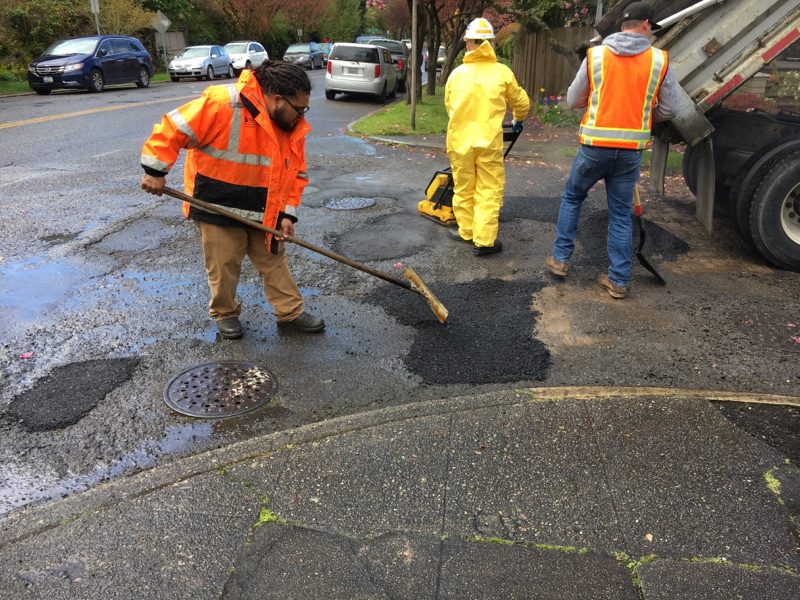 Our crew members working to fill potholes on a street in Capitol Hill. Photo: SDOT
Our crew members working to fill potholes on a street in Capitol Hill. Photo: SDOT Blog stats: 1,000 words | 6-minute read
At-a-glance:
- In 2022 we filled 23,000 potholes, which was the most filled in the last 5 years.
- We fill most potholes with 72 hours of receiving a report, but it takes us longer than usual to respond after winter storms when our crews have to deal with a large surge of potholes at once.
- How to report a pothole:
- Submit an online report
- Email 684-ROAD@seattle.gov
- Call (206) 684-ROAD [7623]
It’s not your imagination, there were more potholes than usual last year. In 2022 our crews filled 23,000 potholes. That’s 50% more potholes than we filled in 2021, and the highest number of potholes in the past 5 years.
2023 has also been off to a busy start due to street damage from the December ice storm, and we’ve already filled approximately 5,500 potholes this year. Because of all the storm-related damage, we increased the size of our pothole response crews this winter and have filled as many as 500 potholes in a single day.
Thank you for your patience! For much of the year, we fill most potholes within 3 days of when you report them. But when there’s a large surge of potholes at once (like in recent weeks), it may take us longer than usual to fix each individual pothole because we are working to fill so many at the same time.

Our crews respond quickly to pothole requests, and also proactively look for potholes on major streets.
New potholes appear all the time. Our crews can’t be everywhere at once and we can’t fill potholes we don’t know about, so we appreciate when you tell us where you’ve seen them.
We also look for potholes before they are reported to us. When we respond to a request to fill a pothole, our crews also repair any other nearby potholes they discover.
This year, our crews have also been patrolling our snow plow routes to proactively look for new potholes. These routes have already been identified as essential to our city’s transportation system and see an increase in heavy vehicles during winter storms, making it more likely for potholes to appear along these routes.
How to report a pothole:
Please report any potholes you find. New potholes appear frequently, and we can’t fix a pothole we don’t know about. Thanks for your help!
- Find It, Fix It App
- Submit an online report
- Email 684-ROAD@seattle.gov
- Call (206) 684-ROAD [7623]
Check out our interactive Pothole Repair Status Map or visit our Potholes web page to see where potholes have been reported and filled. (Images below as of February 9, 2023)
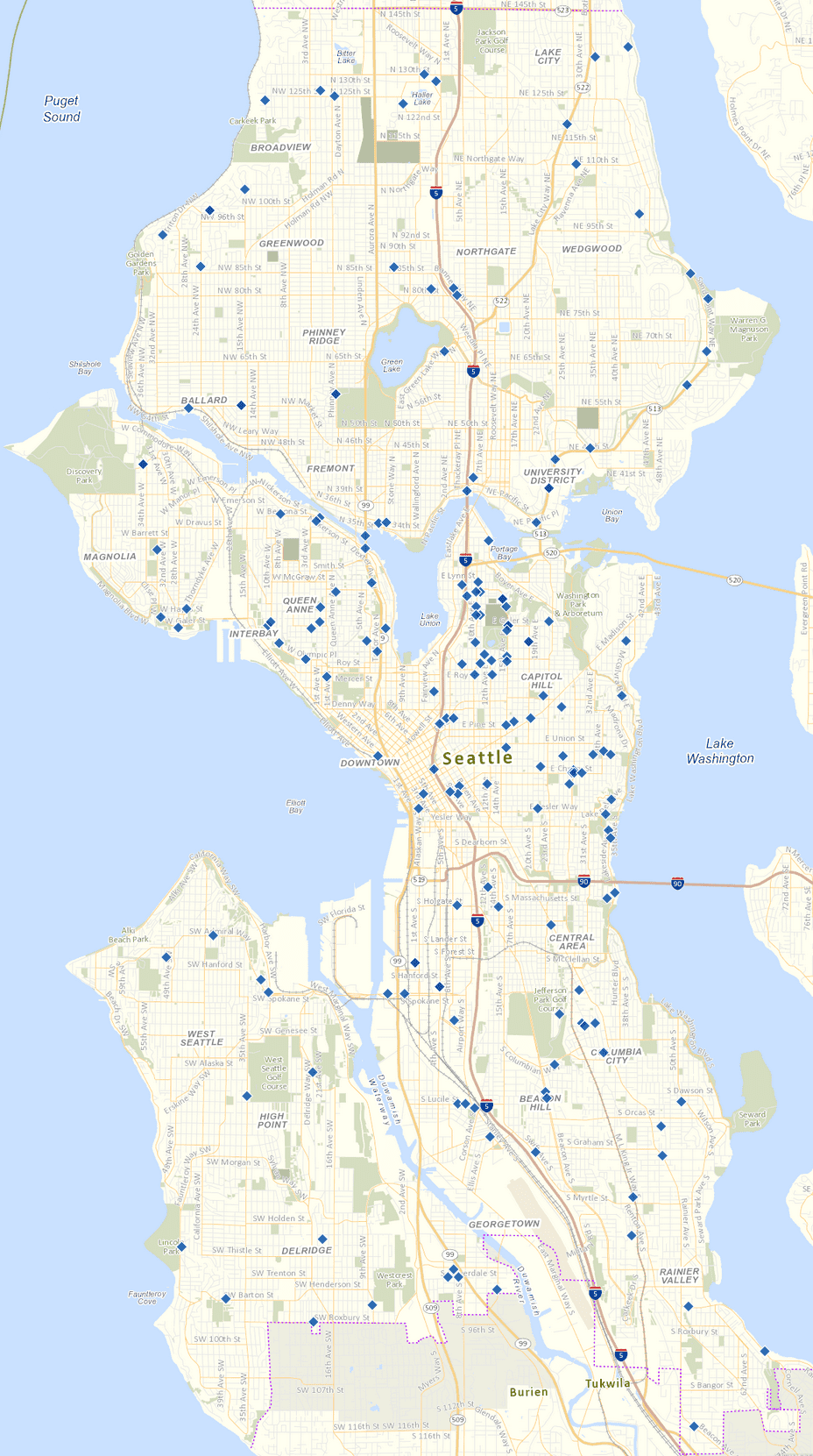
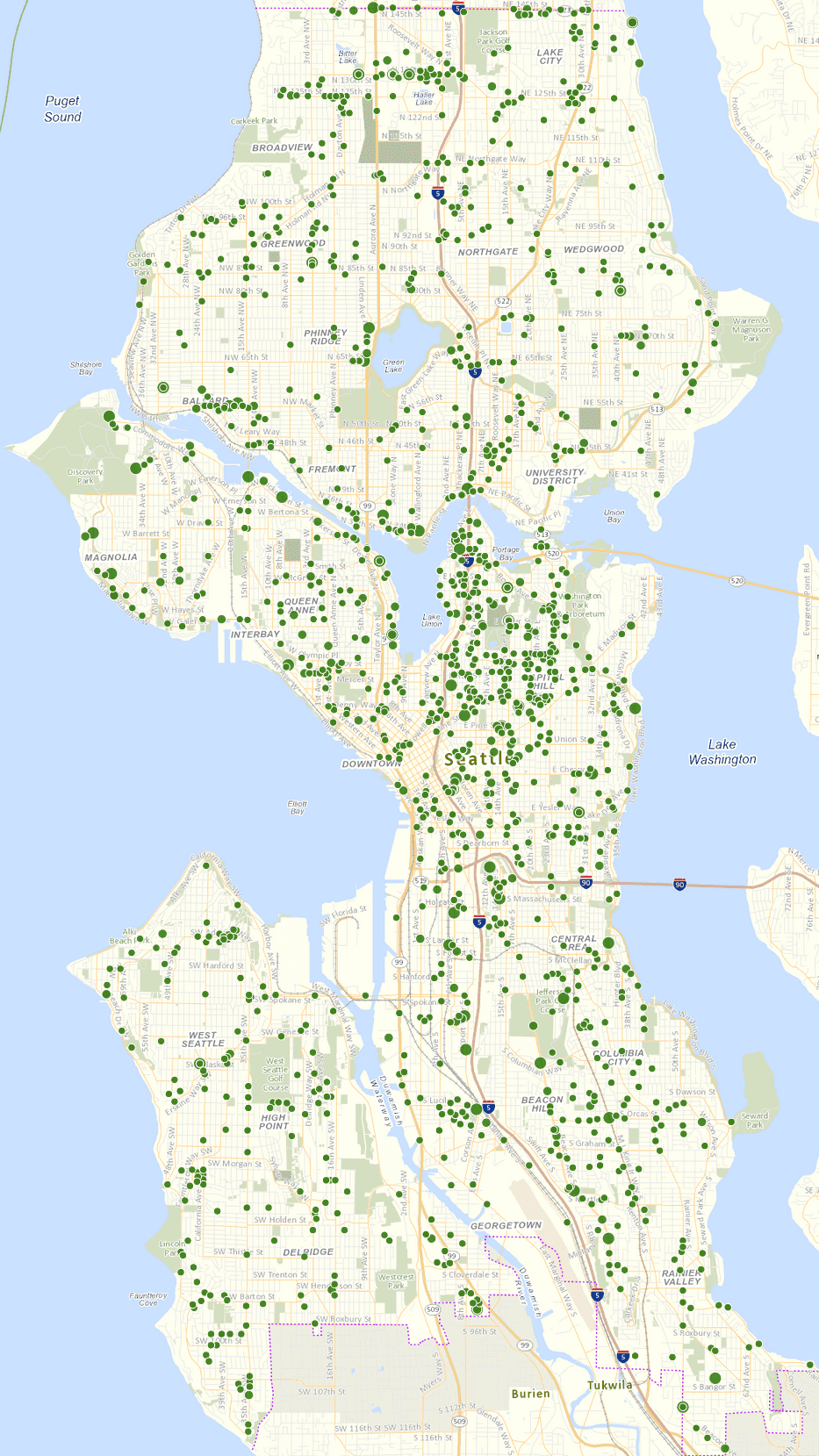
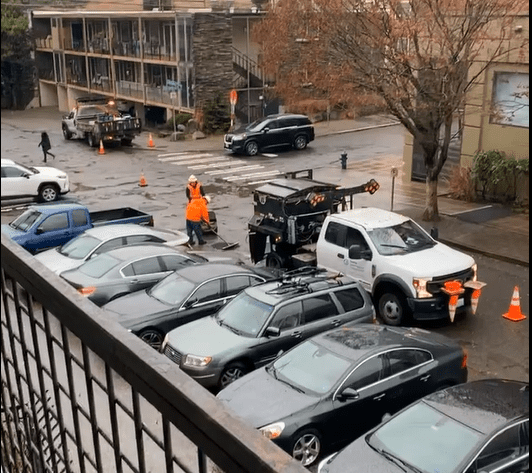

Why do potholes keep on coming back?
Potholes re-appear year round, especially during the winter when we have the most severe storms. Rain, snow, and ice all cause damage to our streets as water finds its way through cracks in the pavement. If the temperatures drop low enough, this water will freeze and expand into ice which forces cracks apart, eroding streets and sidewalks from the inside out.
New potholes keep showing up for months after a storm. As cars, trucks, and buses drive over the damaged pavement it puts stress on the street over time, eventually causing large chunks of concrete to break off.
Repairs we make in the winter don’t last forever because asphalt does not bind to the surrounding pavement as well during cold weather. As winter rain keeps on coming, potholes we repair today may need to be repaired again until the weather warms up.
It takes time to repair all the damage when we receive a surge of requests from around the city after winter weather events. When this happens, we prioritize our work to promote public safety. This includes filling in more hazardous potholes first as we continue to respond to other winter travel hazards like flooding, landslides, sinkholes, and fallen trees.
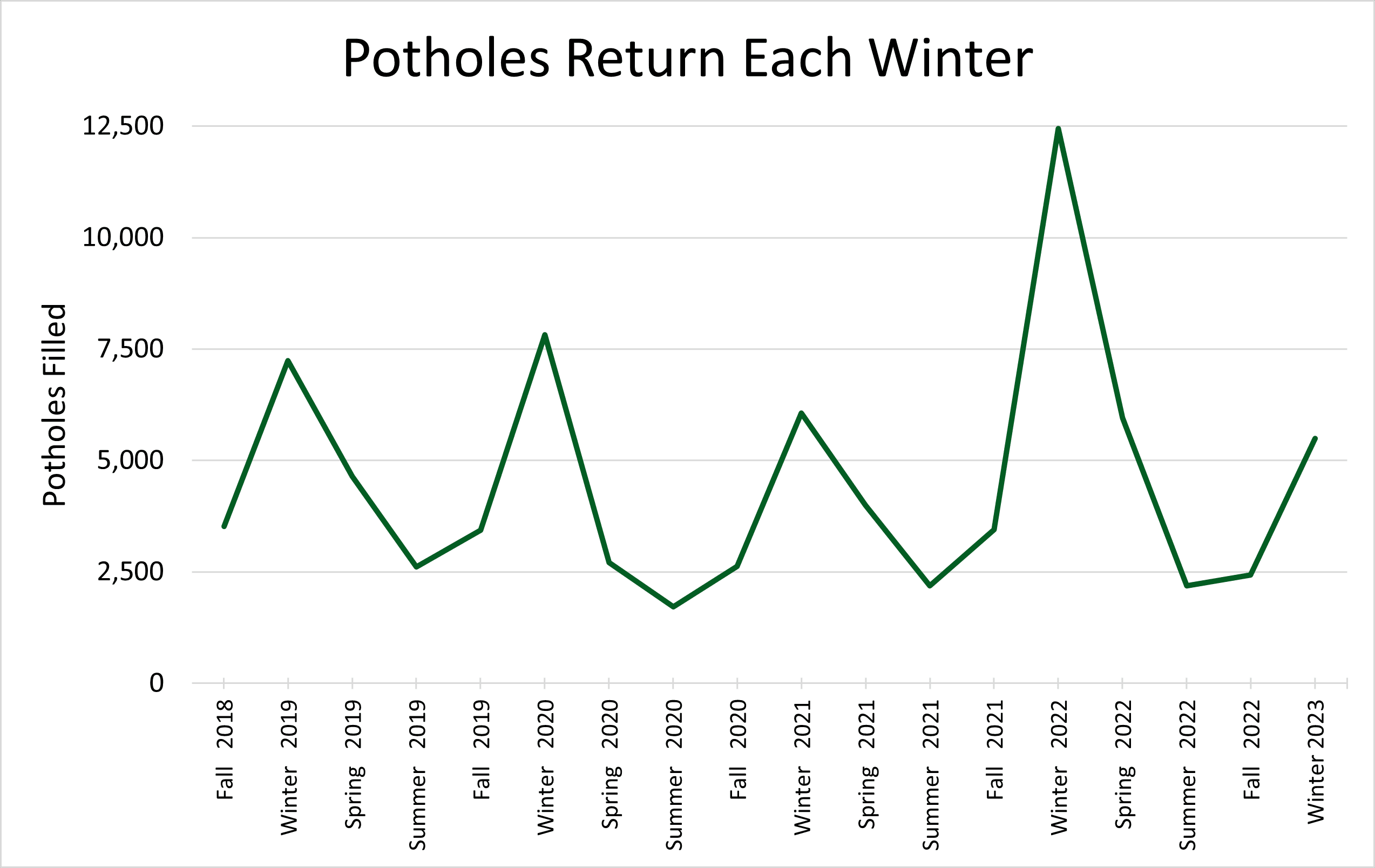
We also prevent potholes before they appear by repaving worn streets throughout Seattle.
Filling a potholes is like putting a band-aid on a larger problem. We also work year-round to prevent potholes with larger paving projects to completely replace old and damaged pavement.
Potholes are less likely to occur on streets that have been recently paved. Thanks to the Levy to Move Seattle, we paved nearly 30 miles of Seattle streets in 2022 and have paved about 200 miles since 2016. Some examples of this are our current project to repave Madison St and our recently completed work along Delridge Way SW and 15th Ave S.
We also preserve and maintain our roads with our Slurry Seal program, which adds a thin protective sealant to a street to keep water out and extend the life of the pavement. In 2022, we re-sealed more than 100 blocks of city streets in Greenwood, Fremont, Rainier Beach, Rainier View, and Dunlap.
This is in addition to the hundreds of smaller spot improvements, like pavement repairs, we’ve completed over the past few years.